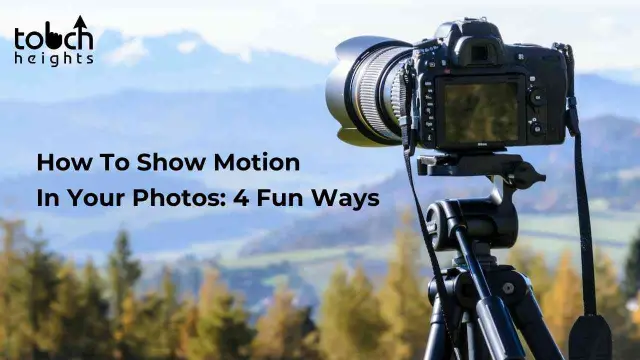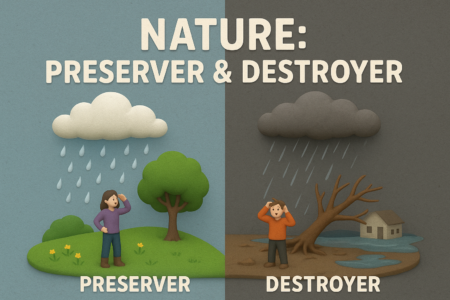Why not try learning a new skill this time, like how to capture motion in a photo?
Stillness is quite important in photography. It is one of the ideas that is pounded into the heads of aspiring photographers the most. We are all given pictures of incredibly crisp images and urged to aim for that.
I do not have a problem with such an approach when it comes to developing fundamental abilities because it is important to know how to take clear pictures. Stillness and clarity alone, however, are not sufficient. Sometimes all you need is an image that dynamically expresses motion, and you can get that simply by moving your camera.
Here are four techniques for capturing motion with a moving camera
Freezing the Moment
To capture intriguing stop-action scenes, you will need to employ a combination of a high ISO level and a quick shutter speed. Set your camera to shutter priority mode to choose the shutter speed and let the camera find the appropriate aperture automatically as you work swiftly. All except the fastest moving scenes may be captured sharply with a setting of 1/1000 second, and most cameras are capable of shutter speeds as quick as 1/8000 second. Depending on the lighting, use an ISO setting of 400 to 1600.
Today, almost all DSLRs offer a continuous shooting mode that enables you to swiftly take numerous exposures while maintaining continuous focusing on things that move quickly. The ideal lens to use to halt the action at shutter speeds of 1/500 or faster is one with a wide maximum aperture. Another crucial quality is time.
Blur Motion
Allowing a moving subject to blur during a long exposure period is one original technique to depict motion. When you photograph a fuzzy subject that contrasts with clear or recognized surroundings, such as in this picture of a speeding train with a silhouetted guy in the front who stays still, this method is quite powerful. Your choice of shutter speed depends on how quickly your subject is moving and how much picture blur you desire. A shutter speed of 1/15 second allows for significant blurring in this picture of a train pulling into a station.
At a shutter speed of 1/125 second, a subject that is moving even quicker, like a moving automobile, might become blurry. On the other hand, if you use a shutter speed of one second or longer, you may catch a silky, smooth cascade. If you want to capture blurred motion, set your camera’s ISO to a low setting—between 100 and 200.
Panning
When capturing a moving subject, this is another fantastic approach to conveying a sense of motion. To pan, you just follow a subject with your camera while it is exposed for a lengthy time, much like a shooter would follow a moving target. If done correctly, you will receive a subject that is comparatively crisp against a blurred backdrop. Although the subject will not be completely crisp, a little blurring enhances the sense of motion. Slower shutter speeds could need the use of a tripod, while shutter speeds between 1/15 and 1/30 second will permit hand-held exposures. If the lighting is strong, use a low ISO level and think about applying a neutral-density filter.
An effective panning shot depends on timing and fluid camera movement. Before you press the shutter release, start tracking your subject, and keep doing so after you hear the shutter click. To prevent shaking the camera, press the shutter button slowly. Then, turn your entire upper body to follow your subject. It takes a lot of work to master this method, and even experts struggle occasionally.
Zooming in and out
Zoom lenses are particularly useful since they let us enlarge or reduce a topic in a picture. And you can give a fixed subject life and movement by simply pushing or pulling the zoom lens during a timed exposure. You are free to use a tripod, but I do it frequently because I believe it produces a clearer image. The appearance of lines spreading out from the center of your subject is the most typical outcome of zooming (or racking) the lens during a long exposure.
The zooming method may be applied to a wide range of topics. However, photographs with black backgrounds and high lighting frequently have the biggest impact. You must use a slow shutter speed of at least 1/30 second and ideally longer to get a zoomed image.
Conclusion:
Good photography is not always characterized by a stationary camera and a still image. There are several techniques for taking a dynamic shot that vividly depicts motion. The methods mentioned above are only a handful of them. Try them out and enjoy yourself while doing so.






